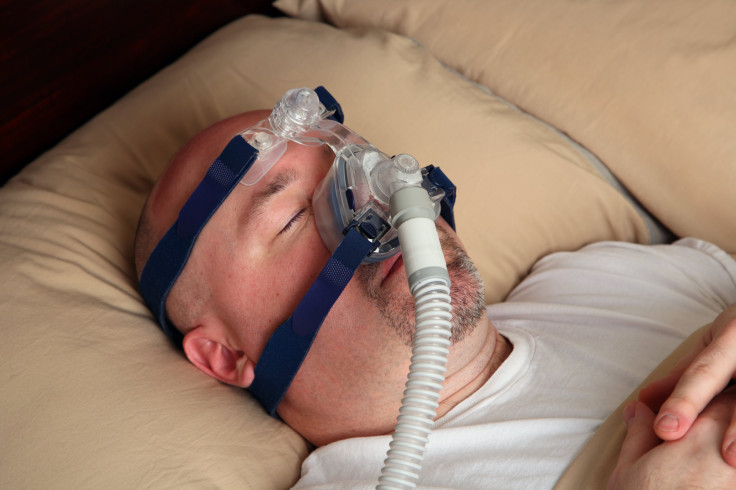Deep Sleep To Get To Mars: Scientists Consider Putting Astronauts Into Torpor, Or 'Deep Sleep,' When Sent To Mars

Now that the Mars Curiousity rover has reached the “Red Planet,” scientists are looking for ways that will get humans out there next.
Of course, getting to Mars is a much more difficult and complicated feat than leaping over to the moon, which today would take only about three days — traversing a distance of about 240,000 miles. Getting to Mars could take anywhere from 150 to 300 days, the sort of epic journey that would require a lot of food, supplies, and fuel. This is why scientists are considering different avenues to make the trip a little more efficient. One of those ways is to place the astronauts into a form of “deep sleep,” also known as torpor, so they don’t need half as many supplies.
Yes, it sounds pretty crazy — and rather strange. Why place a bunch of sleeping people in a spaceship hurtling thousands of miles into space? Who would man the ship? What would happen if they didn’t wake up?
But there is some scientific basis behind this seemingly science fiction-y notion. Therapeutic torpor, or therapeutic hypothermia, has been used in emergency settings to buy time to save people’s lives. When doctors lower someone’s body temperature, they ultimately reduce their metabolism and slow down all processes, buying them more time to fix issues. “Therapeutic torpor has been around in theory since the 1980s and really since 2003 has been a staple for critical care trauma patients in hospitals,” Mark Schaffer, an aerospace engineer at SpaceWorks Enterprise in Atlanta, said at a conference. “Protocols exist in most major medical centers for inducing therapeutic hypothermia on patients to essentially keep them alive until they can get the kind of treatment that they need.”
NASA’s idea, however, would be taking this to another level. Astronauts would be placed into torpor and fed through intravenous tubes in order to keep them alive without much fuss — sort of like hibernating. But in current tests, humans have only been able to stay in torpor for about a week. “We haven’t had the need to keep someone in [therapeutic torpor] for longer than seven days,” Schaffer said. “For human Mars missions, we need to push that to 90 days, 180 days. Those are the types of mission flight times we’re talking about.”
NASA plans on studying this some more. “[R]ecent medical progress is quickly advancing our ability to induce deep sleep states (i.e. torpor) with significantly reduced metabolic rates for humans over extended periods of time,” NASA writes on its website. “NASA should leverage these advancements for spaceflight as they can potentially eliminate a number of very challenging technical hurdles, reduce the IMLEO for the system, and ultimately enable feasible and sustainable missions to Mars."
Published by Medicaldaily.com



























